Bringing Natural Light into your Home Part III: Methods
It’s now fall, when sunshine is plentiful during the day but seems to come a bit later and leave a bit earlier. What we lack in daylight hours, we make up for with the beauty of the seasons changing as colors turn from green into orange, red and yellow all around us.
A common challenge as daylight hours become fewer and shorter, is to maximize the natural light we get during the time we have it.
In the last articles in this series, we’ve discussed the benefits of bringing natural light into a home and how designing spaces to achieve natural light is so important.
Natural lighting is brought into the home either through direct sunlight or reflection. Let’s talk about methods and explore techniques and selections that you can make to have an abundant source of natural light in your own home.
Windows
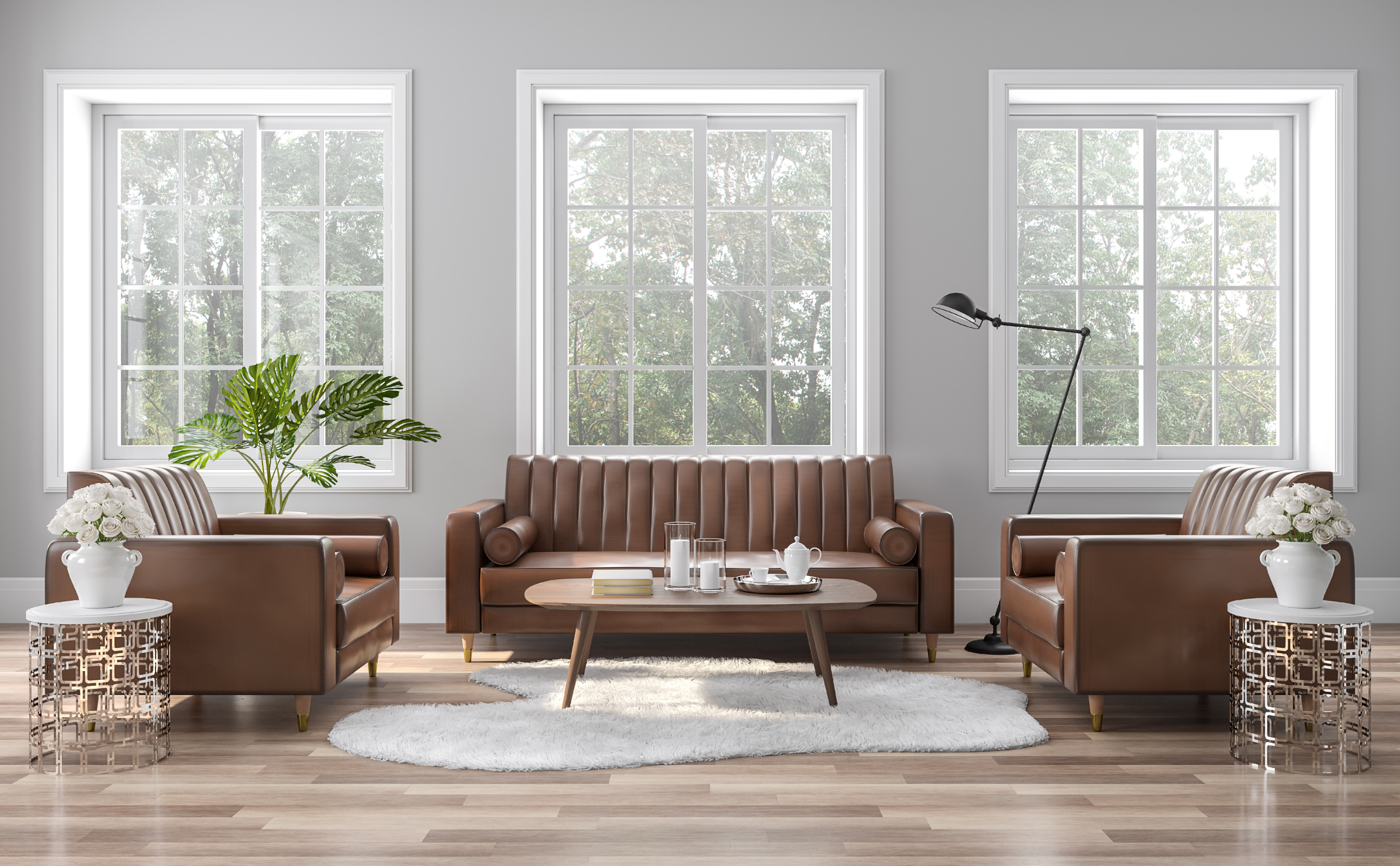 The most common and obvious way to allow natural light into your home would be windows. Selecting windows could seem like a simple part of remodeling or building a home, however, paying close attention to the window sizes, styles and placement could have a large impact on your natural lighting and overall look and feel of the home. Early in the planning process, take a look at your lot or remodel project at various times of the day to see where the sunlight will be entering windows as the day goes on. Early morning sunlight and golden hour or evening sunlight bring very different lighting, so depending on when you want to capture the natural light, you’ll want to position your windows and rooms accordingly.
The most common and obvious way to allow natural light into your home would be windows. Selecting windows could seem like a simple part of remodeling or building a home, however, paying close attention to the window sizes, styles and placement could have a large impact on your natural lighting and overall look and feel of the home. Early in the planning process, take a look at your lot or remodel project at various times of the day to see where the sunlight will be entering windows as the day goes on. Early morning sunlight and golden hour or evening sunlight bring very different lighting, so depending on when you want to capture the natural light, you’ll want to position your windows and rooms accordingly.
Doors 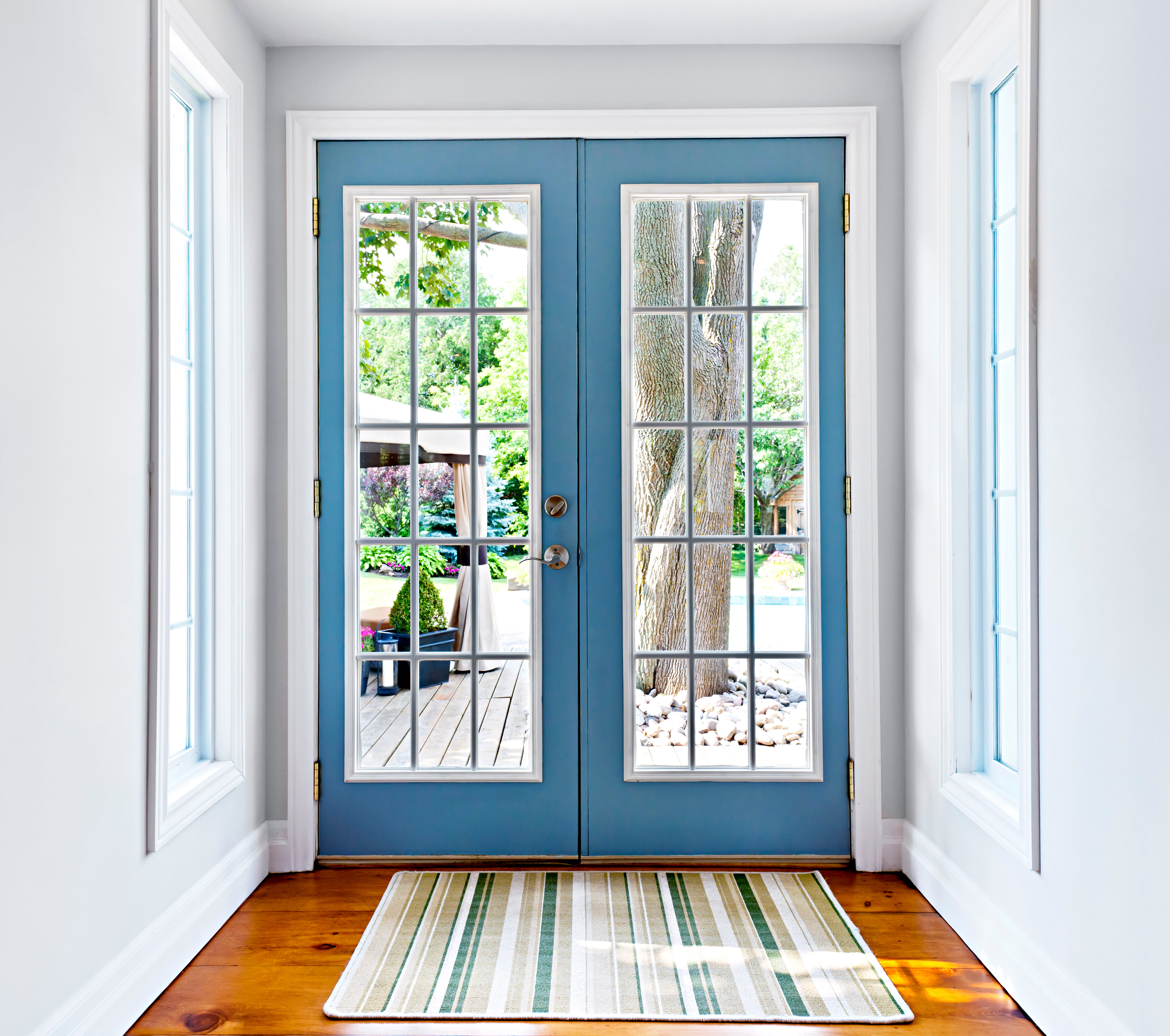
Exterior doors with windows are a great option to add natural light in your home. They could also be considered an addition to your window options. Consider sliding glass doors for areas that would be toward the back of a home or possibly leading to a patio area. In some cases, this is as large or larger than a window selection, and a perfect way to capture a great amount of lighting.
Transoms 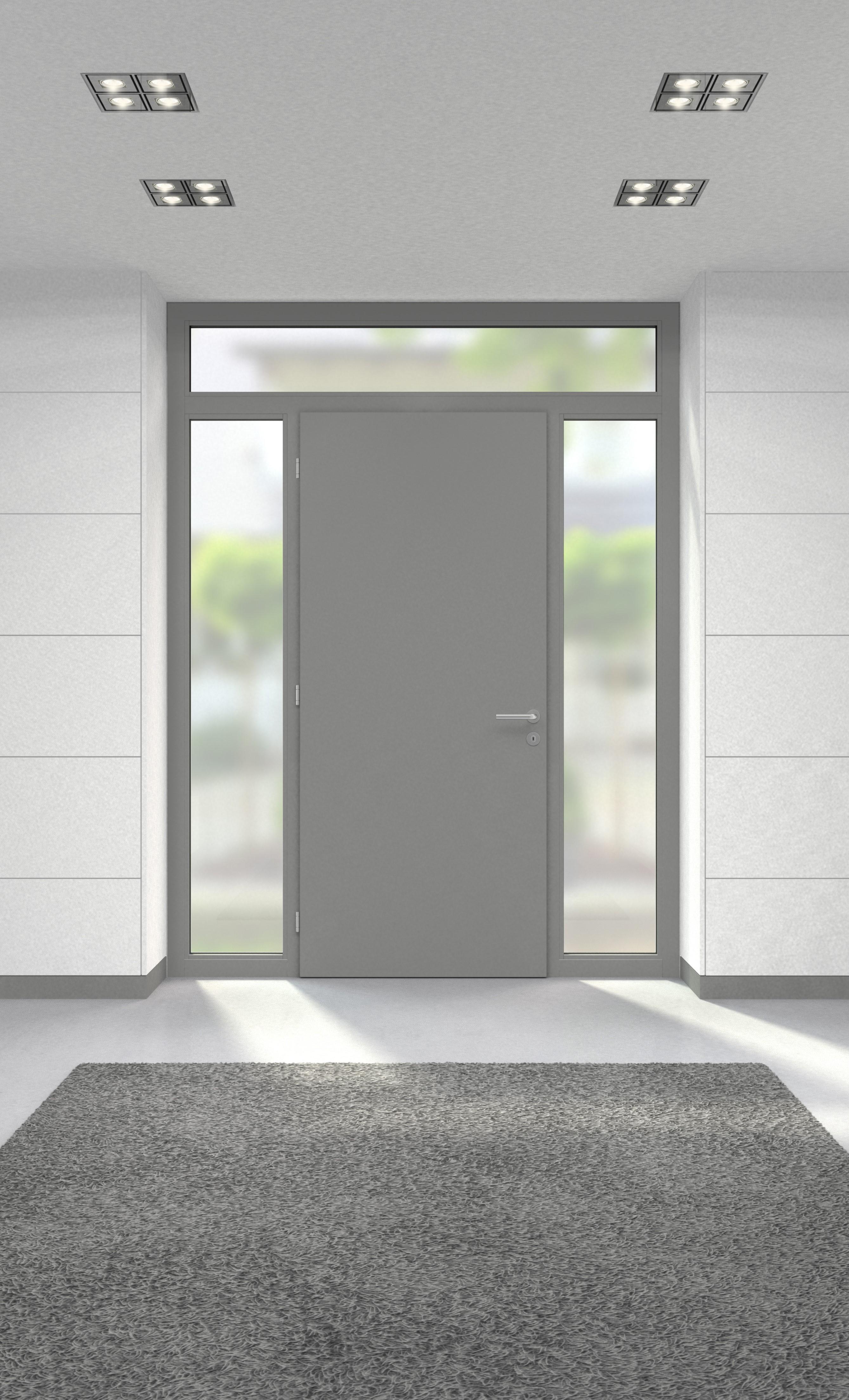
Transoms are window areas that are placed above doors or other windows. They serve several purposes, from being a design element to another vehicle for natural light to enter your home. Transoms also add height to a door, making the area feel larger and more spacious. Transoms are a wonderful way to get creative with a window or door!
Skylights
Simply put, skylights are a bit like a window for your roof! They allow light to enter the home from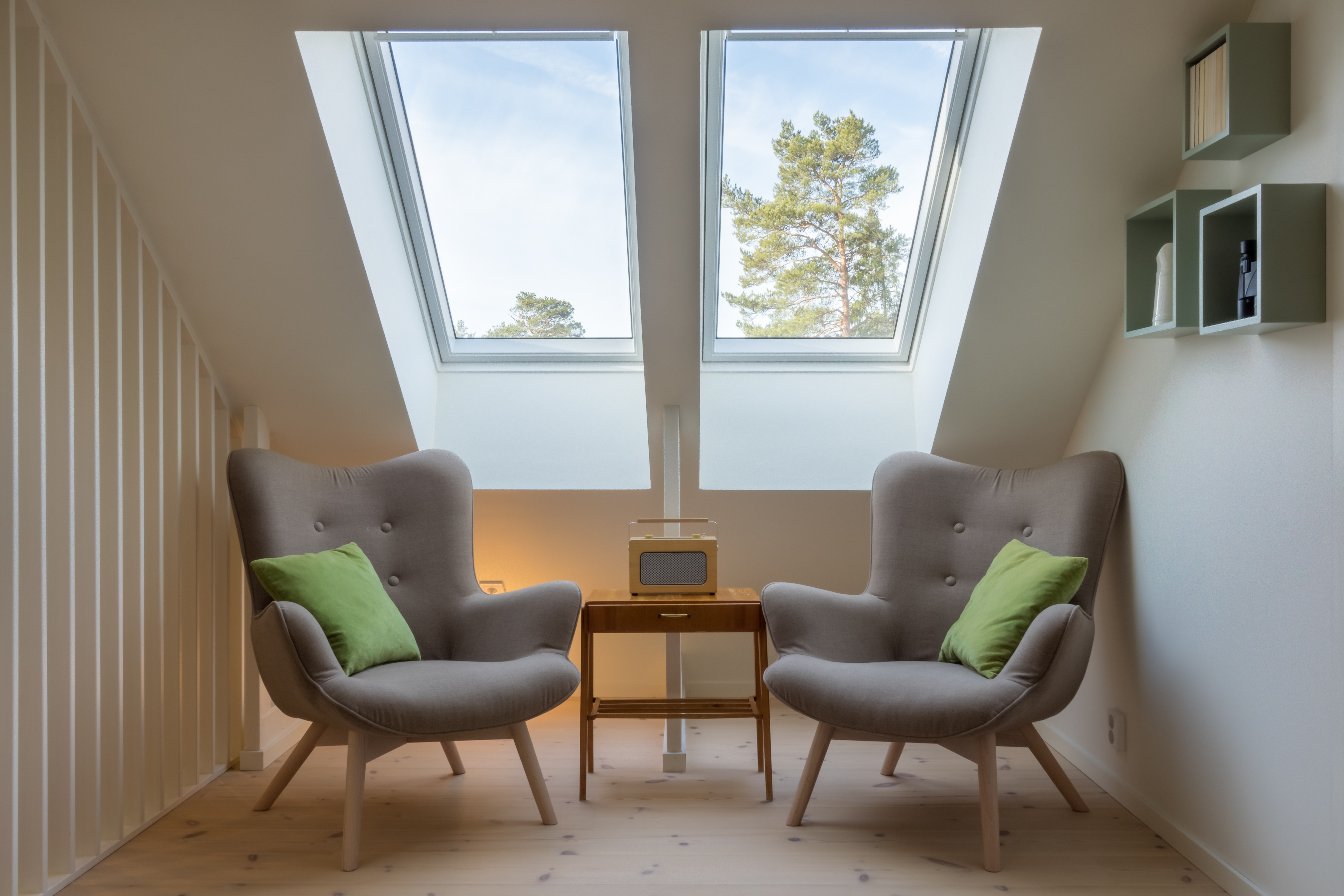 above and there are several options to choose from. Traditional skylights are simply spaces open in a ceiling area with a view to the sky and outside. Tubular skylights are a unique product that brings lighting into your home through reflection. Light enters the tube through a portal in the roof or outside of the home and travels to a fixture in a ceiling within the home. Tubular skylights don’t require major construction and provide a considerable amount of lighting, even on cloudy days. This is a great option for existing builds that may have dark hallways or areas where installing a window is not a possibility to receive natural lighting.
above and there are several options to choose from. Traditional skylights are simply spaces open in a ceiling area with a view to the sky and outside. Tubular skylights are a unique product that brings lighting into your home through reflection. Light enters the tube through a portal in the roof or outside of the home and travels to a fixture in a ceiling within the home. Tubular skylights don’t require major construction and provide a considerable amount of lighting, even on cloudy days. This is a great option for existing builds that may have dark hallways or areas where installing a window is not a possibility to receive natural lighting.
Glass Block 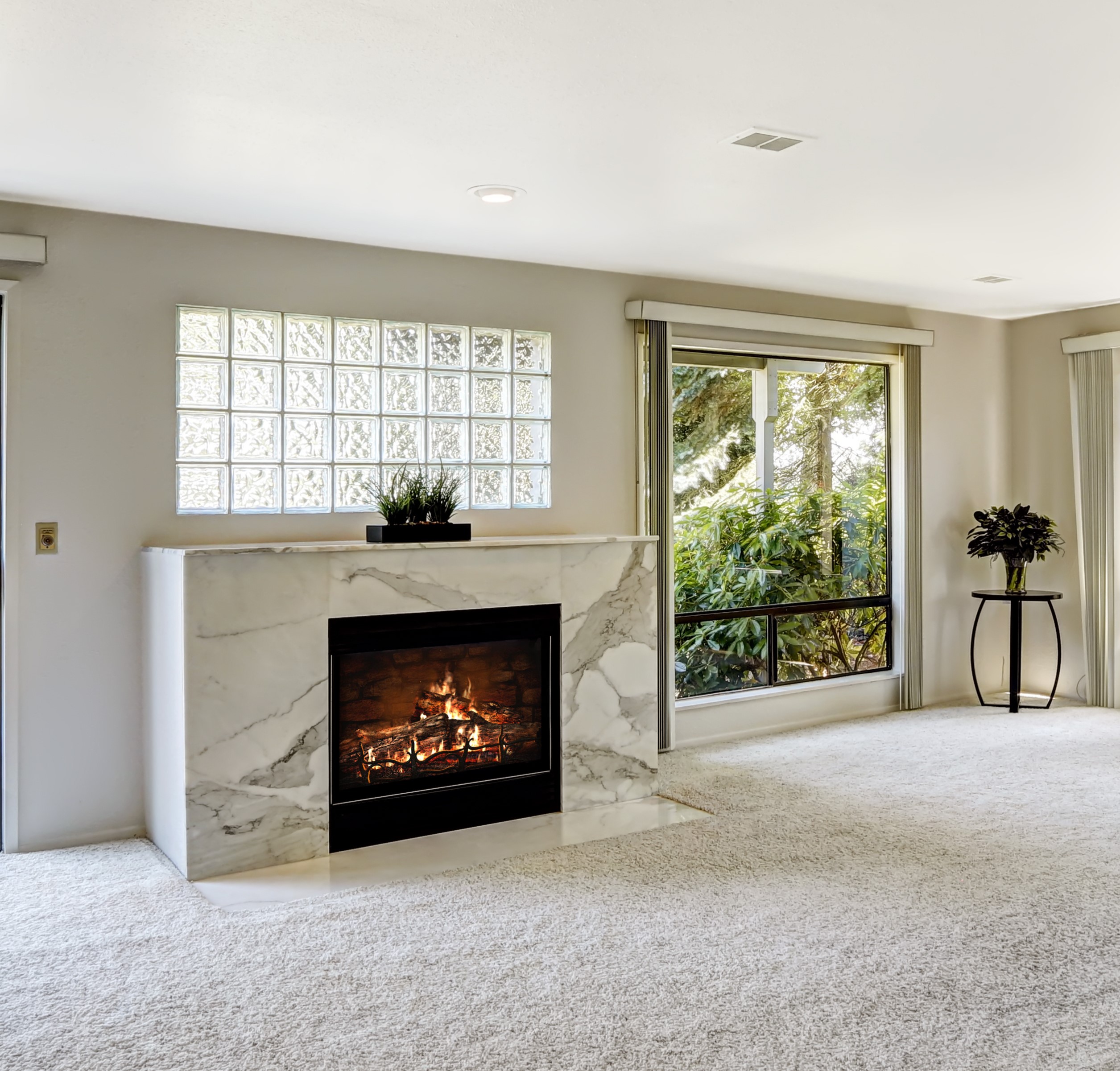
Glass Block windows are the perfect way to bring natural lighting into your house while maintaining efficiency and privacy. Generally, glass block is known to enhance heat control and sealed with mortar in the wall, which can save on utility costs in the long run. Light is certain to filter into your home, but depending on the block you choose, the block is not easy to see into. Most people choose glass block for privacy reasons, but still receive the benefits of natural lighting with this option.
At Keim, we have a team of Window & Door experts who are ready to help you explore the options that fit both your unique style and needs for natural lighting for your home. When you’re ready, we invite you to connect with an expert to start planning for the projects you have ahead of you!
From my home to yours,
